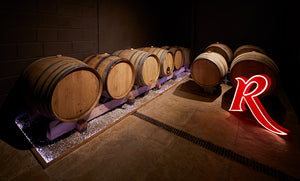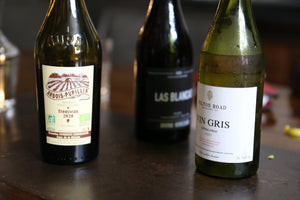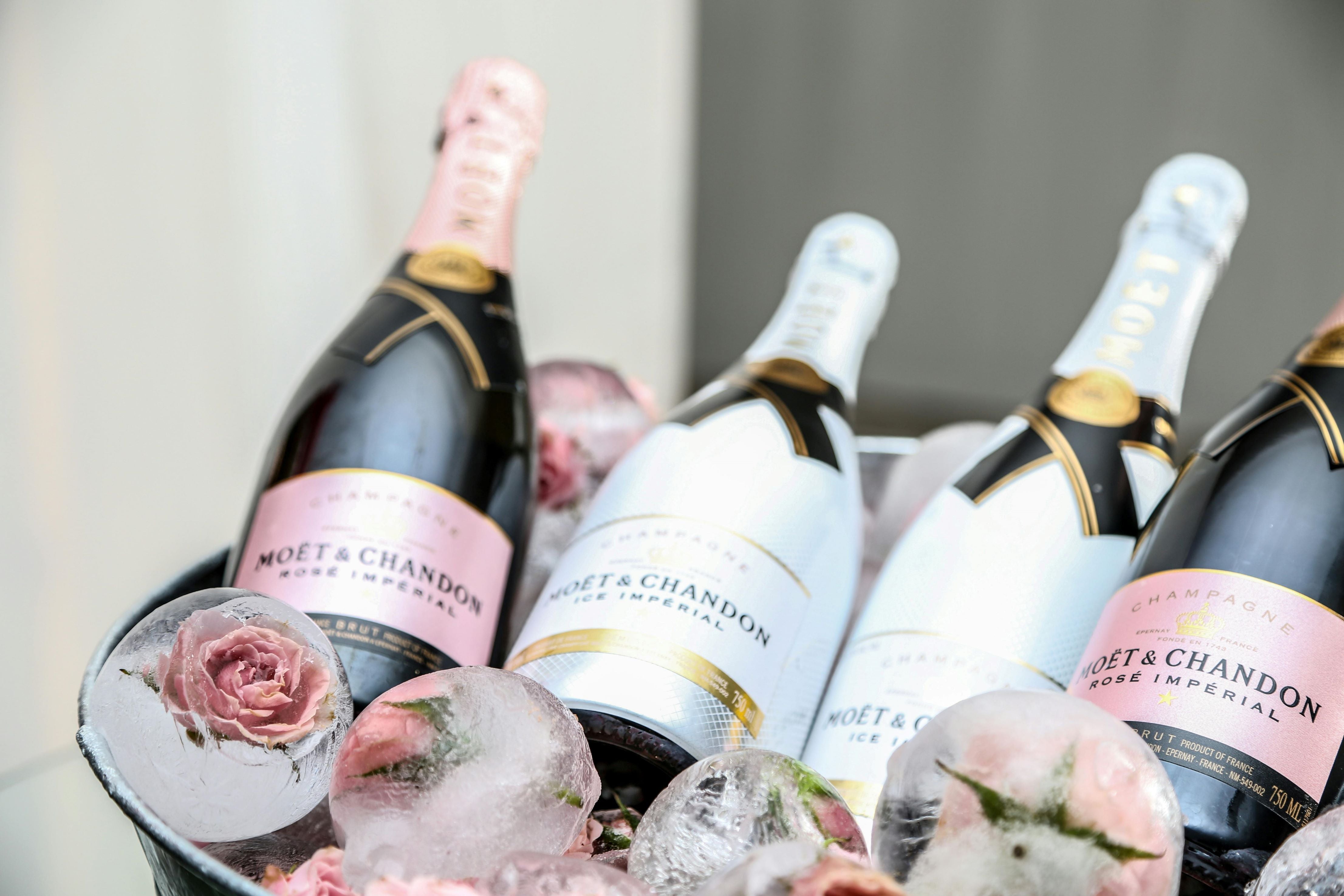CHAMPAGNE VS. ENGLISH SPARKLING WINE
When it comes to celebrating an event or special occasion with family or friends, we can’t think of anything more iconic that the sound of a cork popping from a bottle of bubbly. Most of the time, this beauteous sound stems from opening a bottle of Champagne, the “wine of kings, and the king of wines”.
However, it shouldn’t be forgotten that fantastic sparkling wines are produced all around the world. This is especially true on English soil, where sparkling wine is seeing a significant rise in popularity and producers are beginning to win awards for some truly world class wines.
Whereas the origins of Champagne can be traced back to the 16th century, English sparkling wine has a far more recent history. It first appeared in 1984, when David and Linda Carr-Taylor first experimented with producing sparkling wine off the back of an exceptional vintage in their vineyards in East Sussex. Today, there are over 100 wineries in England producing sparkling wine.

SO, HOW DOES THE PRODUCTION OF ENGLISH SPARKLING WINES COMPARE TO CHAMPAGNE?
There are many similarities between the two. First, both are made using the same key grape varieties - Chardonnay, Pinot Noir and Pinot Meunier - although small amounts of Petit Meslier or Pinot Gris are occasionally used.
Second, the cool continental climate of the Champagne region and the principal UK wine regions - Kent, Surrey and Sussex - allow for these cool-climate grapes to retain high acidity and low sugar levels. This key element makes them ideal locations for producing sparkling wine. Additionally, the limestone-chalk soils found in both regions offer the perfect balance for cool-climate grape growing, providing excellent drainage during wet seasons and retaining enough water during dryer seasons.
Both Champagne and the majority of English sparkling wines are made using the ‘Traditional Method’ where a still base wine is bottled before additional yeast and sugar is added (known as ‘liqueur de tirage’). The yeast ferments, raising the alcohol levels, producing CO2, and creating the fizz we all know and love.
The now-sparkling wine is aged on the lees (the dead yeast cells in the bottle), adding texture, complexity, and those 'autolytic' notes of brioche, butter, and cream. The bottle then goes through a process known as riddling, where it is frequently turned and repositioned at various angles until the sediment rests in the neck. This can be down by machine through the usage of 'gyropalattes,' or painstakingly by hand over extended periods. Afterwards, the neck of the bottle is frozen and the crown cap removed to allow the solidified yeast to be ejected, a process known as 'disgorging.' Finally, a ‘liqueur d’expedition’ (a blend of sugar and wine to determine sweetness level) is added before the wine receives its finishing cork and is further aged.
SO, WHAT EXACTLY ARE THE DIFFERENCES BETWEEN THE TWO?
Despite their similarities, Champagne and English sparkling wine often taste different, the latter displaying distinct notes of green apple and a greater level of acidity compared to Champagne.
Champagne is often considered more complex than English bubbly, the result of centuries of growing and significant amounts of old vine plantings. These vines are far more established within the soils, picking up more intricacies in reaching down to deeper layers.
The greatest difference between the two is in the name. For a sparkling wine to legally be called Champagne, it must be produced in the historical region of Champagne (90 miles north-east of Paris and conveniently accessible in 40 minutes via TGV from the French capital!) under a strict set of rules. Here is an abridged list of stipulations growers and producers must abide by:
- Maximum permitted yields per hectare.
- Minimum periods of maturation on lees: 15 months for non-vintage Champagne and three years for vintage Champagne.
- Use of only permitted vine pruning methods.
- Minimum potential alcohol content of newly harvest grapes.
PRODUCER SPOTLIGHT - LONDON CRU

Produced in the winery beneath our SW London offices, award-winning winemaker Alex Hurley has spent years honing his craft. The most recent culmination of this hard work is the production of an outstanding sparkling wine from London’s first urban winery, London Cru. What’s more, since 2017 all grapes have been exclusively sourced from English vineyards. This dedication to English fruit and a distinctly English style has truly established London Cru as a force to be reckoned with in the world of English sparkling wine.
Why not try London Cru’s Blanc de Blancs 2020. Made in the aforementioned ‘traditional method’, this wine is produced from 100% Chardonnay grown in West Sussex. Lively notes of cooked pear, red apple, and a touch of caramel jump out of the glass, balanced by candied lemon peel and green apple. The result is an elegant and refreshing experience, perfect for any occasion. It pairs brilliantly with grilled seafood, zesty ceviche, a sweet baked pear tart or - as we tested - fresh shucked oysters.
THE TASTING
Just before Christmas, Roberson staff managed to get together and sample a pair of sparkling wines - one from Bollinger and the other from London Cru - alongside a range of fresh oysters.
London Cru has a bright green apple acidity which suited the most briny of oysters (called Natives). While still young in the bottle the wine has started to develop a subtle toasty-ness, although far more restrained than the blended Bollinger. The Special Cuvée has a nutty hazelnut character which was mirrored in the natives.
When we moved to the Rock oyster, slightly meatier than the Native, the Bollinger created quite a strong combination of flavours resulting in a big mouthfeel. The London Cru is a touch sharper and leaner in flavour, which some of the Roberson staff enjoyed as it helped cut through the meatiness of the Rock oyster.
Both sparkling wines are fantastic partners to a plate of oysters and it comes down to how strong a flavour combination is preferred. If undecided try both!





